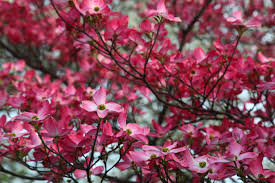Understanding Slow-Release Fertilizers
Slow-release fertilizers are the total opposite of quick-release fertilizers, in that these types of fertilizers release their components very slowly, which means that plants can get the full benefits from this kind of fertilizer.

Slow-release fertilizers are broken down over a period of time with heat and moisture, unlike quick release fertilizers. Slow-release fertilizers are considered to be safe because of their slow-release, they will not burn plants.
Plants like potted plants that are grown in nurseries, hanging baskets, and interior plantscape benefit greatly from this type of fertilizer.
Many years ago I was employed as an interior plantscape technician, one of my job responsibilities along with my colleagues was to make it a practice to use this type of fertilizer.
The advantages of slow-release fertilizers
- When using these types of fertilizers to fertilize grass there is more uniform growth.
- They are less likely to burn or harm plant life or grass.
- Because of their chemical structure, they are not needed as frequently.
- There may be little chance of leaching(dissolving quickly).
- It can save labor or cut down on labor costs.
The disadvantages of slow-release fertilizer
- They are more expensive than quick-release fertilizers.
- Because of their structure, plant nutrients are not made available right away because as moisture and heat make contact with the soil, they release nutrients over a period of time.
- In cold weather, they will not be as effective in that they need some heat to release nutrients.
The final word
About the author
Norman loves being in the garden, both at home and for his job....
he is 'Natures Little helper' being outdoors, growing his vegetables and flowers from an early age.
Now having spent over 22 years in the profession he want to give some of his knowledge to others...
his vast array of hints and tips you will find scattered over this site will help you no end growing plants in your garden.

I do like the ideas about fertilizers in this page. In fact, I did not know there was a difference between slow release, and control release fertilizers. Perhaps you could also write about how some fertilizers are either helpful, or damaging to the environment. And perhaps there could be some articles about raising house plants.
Good morning Graham, thanks for the follow and for the advise. However i do have and article on my website about the care of indoor plants. Thanks again and have a good day.
Hello! Great, Great Website and very Informative!
This is an old post, but I am hoping you are going to see it…I am trying to start plant business and all those things around the plants are ‘easy’ compare how to find market/clients? Any Advice would be greatly appreciated.
Thank You